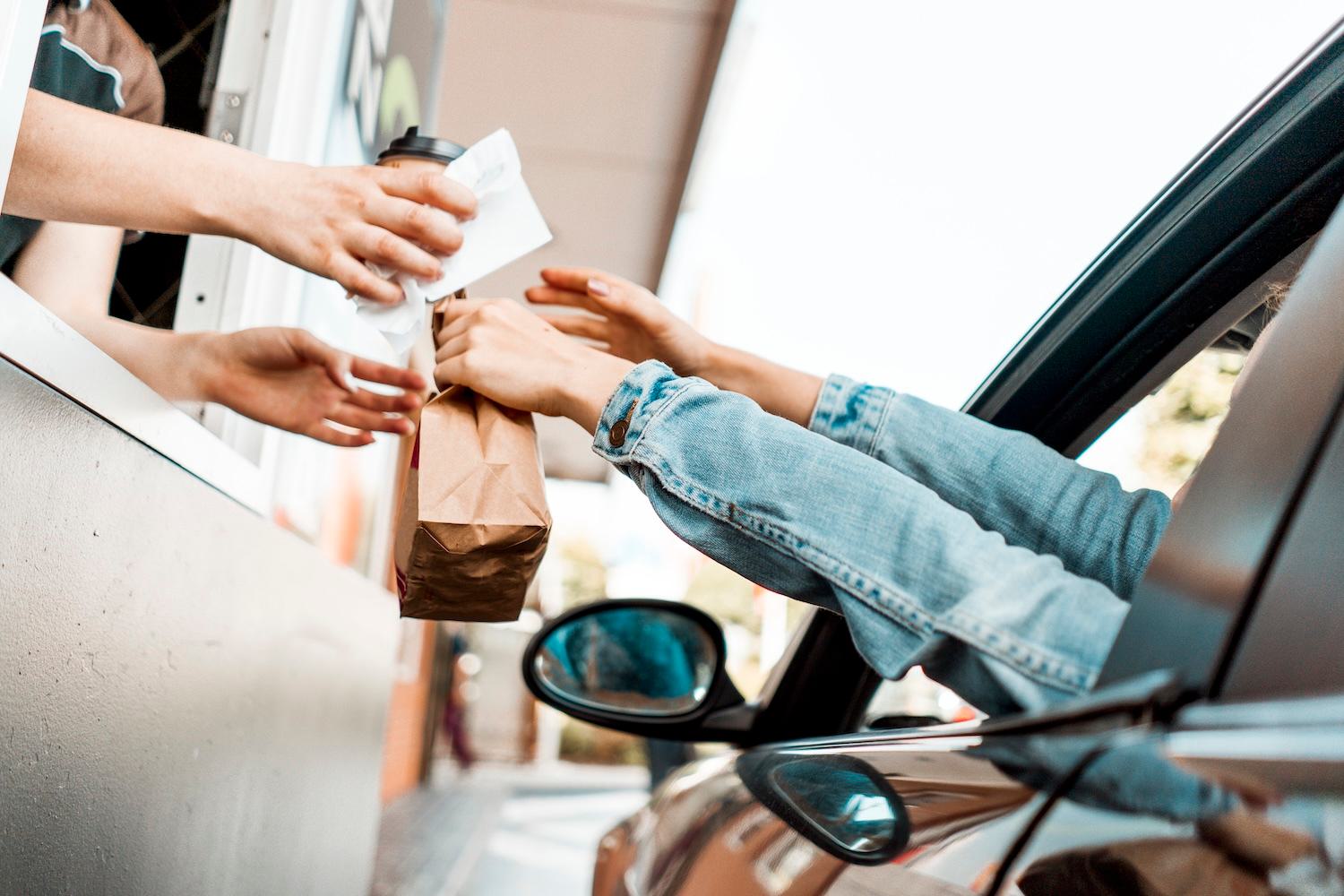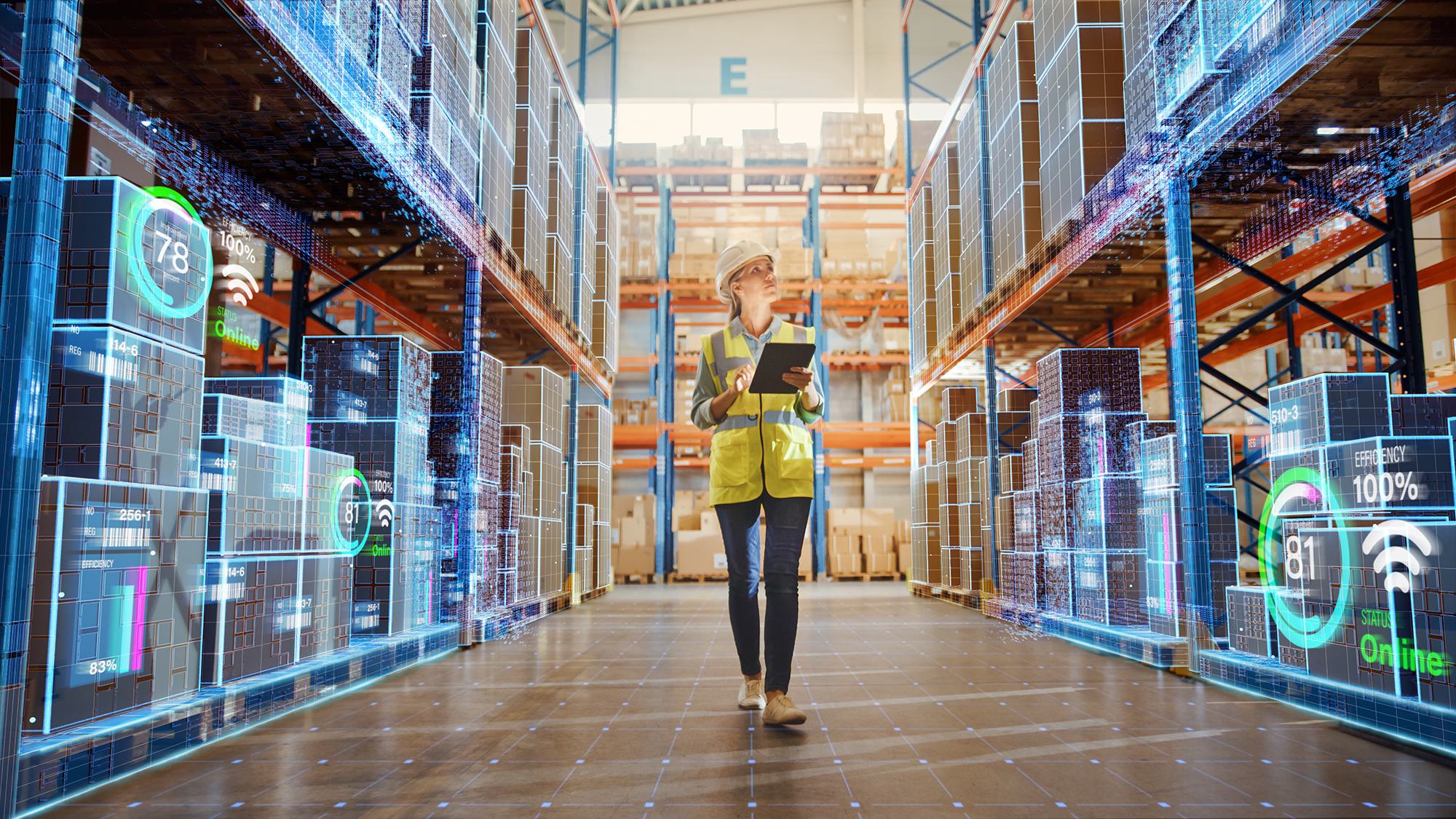Blog August 30, 2024
Enhancing, Not Replacing: How Emerging Technology Can Elevate the QSR Customer Experience


Technology has been a cornerstone of the Quick-Service Restaurant (QSR) industry since its inception in 1895, with the introduction of the world’s first automat. From the early days of those coin-operated food dispensers to more modern advancements like drive-thrus, touchscreen kiosks, mobile ordering, and robotic automation, technology has consistently transformed the way QSRs operate. Today, AI is paving the way for even greater innovation.
In this age of rapid advancement, maintaining a human touch in the QSR customer experience remains paramount. While emerging technologies offer immense potential, their true value lies in enhancing, not replacing, human efforts. By striking the right balance, QSRs can deliver a seamless, efficient, and personalized experience that still feels authentically human.
Let’s explore some real-world examples of this complementary balance in action.
In the Kitchen
Kitchen operations provide a prime example of human-technology synergy for QSRs. As the back of the house is often quite hectic, AI and IoT (Internet of things) can significantly enhance efficiency thereby improving food quality.
Chick-fil-A, a top-ranked QSR, uses AI to ensure food freshness. By combining 3D cameras, advanced analytics, and edge computing, they created an IoT system that monitors hot food and informs the team when it’s time to discard.
Chick-fil-A’s food freshness system isn't about replacing employees; it's about ensuring a higher quality product for its guests. The result? Better food, less waste, and more loyal customers.
At the Drive-Thru
Introduced in the 1920s, drive-thrus now account for 60% to 70% of most fast-food sales. Often plagued by long lines and wrong orders, this is another area ripe for innovation.
Taco Bell, a pioneer in the industry with innovations like their late-night Cantina and hot-sauce sayings, is addressing drive-thru congestion with a groundbreaking new concept in Minneapolis. This first-of-its-kind two-story location features multiple lanes, including dedicated lanes for pre-order customers, delivery drivers, and regular drive-thru orders.
Instead of traditional window service, employees focus on preparing orders in the second-story kitchen. A unique lift system then lowers the food directly to the customers, ensuring a swift experience that typically clocks in at two minutes or less.
By using this innovative approach to optimize employee roles, Taco Bell is harnessing technology to elevate the experience both inside and outside its doors.

Waiting in Line
Long lines can erode the very meaning of “fast” food. A recent study revealed that nearly 75% of consumers have abandoned physical lines before their turn.
Self-service kiosks offer a solution. These interactive technologies give customers more control over their ordering experience, allowing them to set their own pace and customize their orders, all without employee intervention. They also provide a valuable safety net during staff shortages. Together, these benefits reduce wait times and minimize line abandonment.
While self-service kiosks are not new to the QSR industry, a new trend is emerging: voice-ordering kiosks. Companies like Givex are building AI-powered virtual sales assistants who speak to customers and listen to their responses. Givex’s animated AI assistant, Parker, is both conversational and insightful. Ask Parker what to order if you’re not feeling well, for example, and she’ll suggest tea or hot chocolate.
By enhancing human service, traditional and voice-enabled kiosks offer customers the flexibility to choose their preferred ordering method, helping streamline operations while giving customers more autonomy.
In the Stock Room
No one likes when their favorite fast-food restaurant is out of their go-to item. Let this happen a few times and customer retention and loyalty are at risk. If QSRs can accurately predict supply and demand, they can reduce waste and ensure items are consistently available, providing a more satisfying customer experience.
Yum! Brands, which operates companies like KFC, Pizza Hut, and Taco Bell, wants to make sure your cravings never go unanswered. That’s why they rolled out Automated Inventory Management (AIM), a proprietary AI module that predicts optimal product quantities for restaurants to order. If you’ve noticed your local KFC is perfectly stocked, that’s because Yum! has deployed AIM in every KFC in the country.
As Yum! has demonstrated, automating inventory management ensures a smoother experience for both staff and customers. It’s not robots stocking the shelves, it’s robots making sure the shelves are stocked optimally.

Striking the Right Balance
In an era marked by advancing technology and increasing depersonalization, QSRs that successfully blend technological advancements with the human touch will thrive. While efficiency is crucial, consumers will always crave a genuine connection. They want to know a living, breathing person has some involvement with the food they eat and the brands they engage with. By thoughtfully integrating AI, ML, and IoT, QSRs can create an exceptional customer experience that is both efficient and personal.
CapTech has helped organizations in Consumer Retail and the QSR industry enhance the human element through strategic tech integration and process optimization. For a Top 5 QSR, we helped optimize food quality and meet freshness standards by enabling real-time data streaming and analytics from point-of-sale (POS) systems and IoT devices. By making it easier for team members to accurately track food hold times, we helped to reduce manual efforts and increase the food quality, leading to a better overall customer experience.
Looking ahead, we expect a wave of innovations that will further elevate the QSR experience, without turning them into unmanned vending machines.



